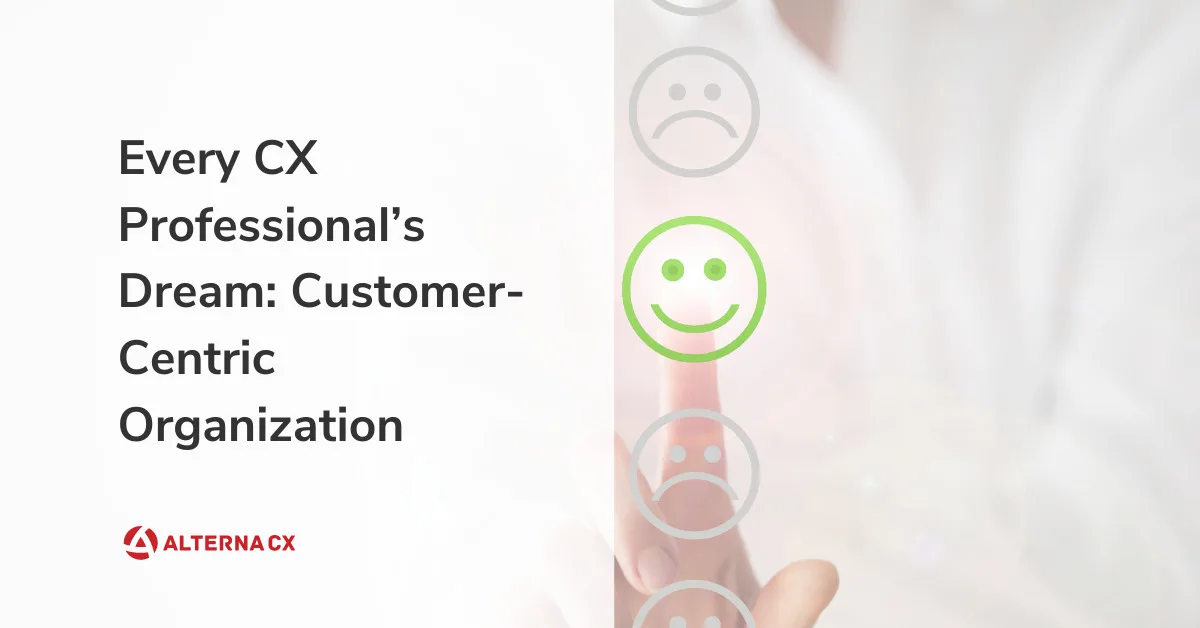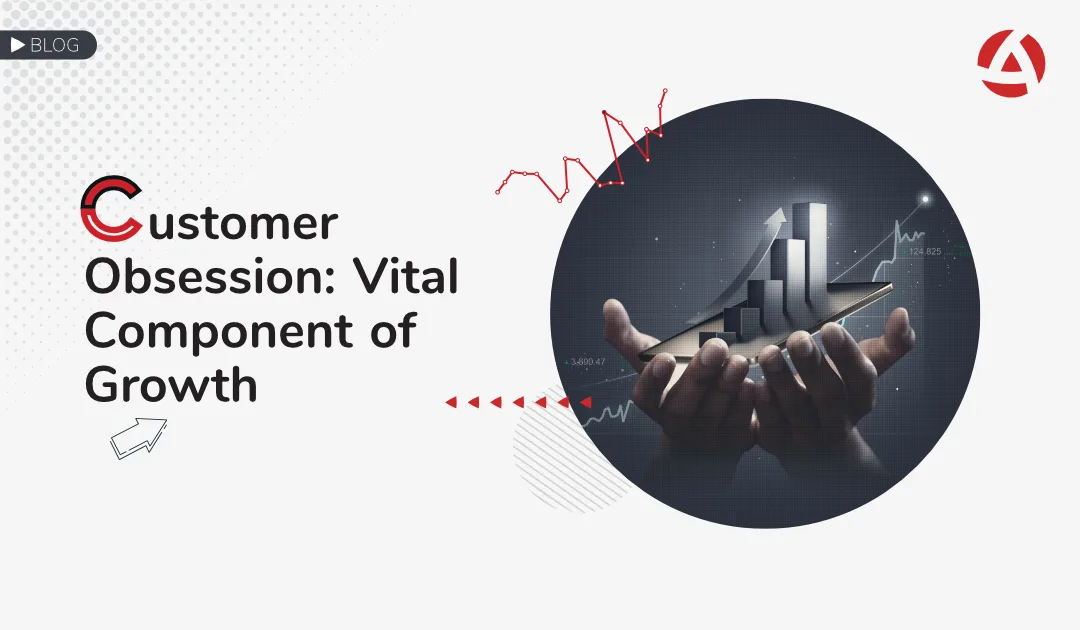How to Become a Customer-Centric Organization
Customer centricity is a way of doing business and a way of thinking that focuses on customer needs and is committed to creating a great customer experience. The goal of a customer-centric organization is to provide customers with great experiences at each step of their journey, by focusing on what they need, their preferred means of communication and interaction.
Sounds very logical doesn’t it? – Of course, customer experience and customer service should be very important. Unfortunately, this is not always the case in practice. When it comes to way of doing business and a way of thinking, the culture of the company becomes a key success factor. As Peter Drucker once said, “Culture eats strategy for breakfast” and we see how valid that is in many cases. Culture is about “how things work” in an environment. Although a new strategy may define many changes on paper and describe the ways that will make the company more successful in the future, the unwritten rules of the company determine whether to use these new ways. These unwritten rules, no matter how clearly and clearly the strategy is expressed, determine the result. So it is not about the instructions but the habits of the company that matter. For this reason, creating a customer-centric organization actually describes a cultural transformation and requires a lot of effort, contrary to what is believed.
Achieving this transformation is undoubtedly difficult, but not impossible. We all have read case studies of companies such as Amazon and Apple, which are successful examples of this transformation. We frequently see/listen to similar stories in LinkedIn articles and/or conferences. So, what are the key success factors for a customer-centric organization that every customer experience professional dreams of?
The Key Success Factors of a Customer-Centric Organization
- A strong customer experience team: Since customer experience requires the joint efforts of all departments in the company, establishing a strong customer experience team to coordinate these efforts and guide the company’s customer experience strategy should be the first step of transformation.
- Action-oriented cultural transformation program: Many customer experience transformation programs remain on paper because they are not designed properly. In order to unite individuals in the organization around a common goal and to make them believe in this vision, it is very critical that the transformation program generates actions that contribute to customer experience scores.
- Employee engagement: The happy employee and happy customer equation has proven itself now and then in every sector. A company that does not take good care of its employees cannot take good care of its customers. Therefore, the commitment of employees at all levels of the organization to the company and its vision is one of the important success factors of any transformation program.
- Effective communication: One of the most important building blocks of change management is effective and healthy communication. Transparently explaining voice of the customer as well as actions taken and results achieved to employees in the organization plays a critical role in transforming into a customer-centric organization.
To learn about more examples of customer-centricity approaches and various use cases of CX technology see our blog post named CX Signals and Slack Pair for a Perfect Fusion in Organizational Culture




